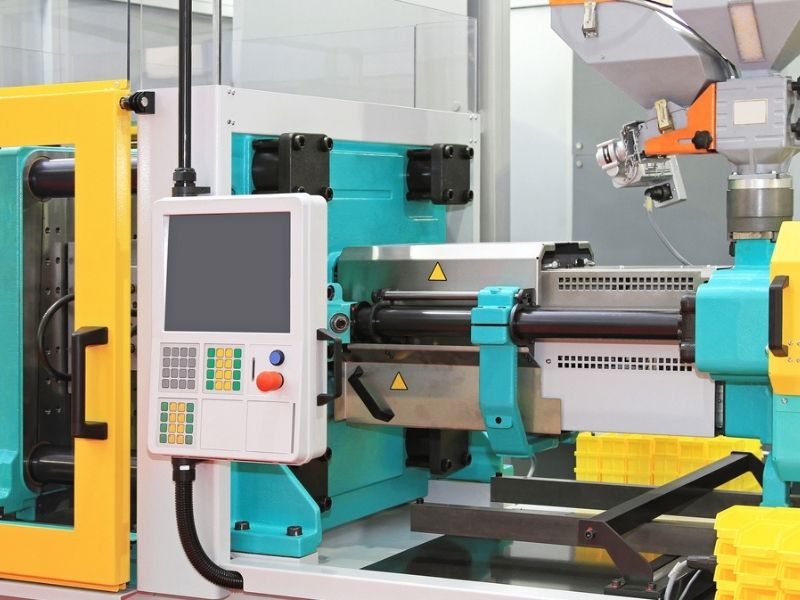There’s a world of possibilities ahead when it comes to the injection molding industry. Trends, innovations, and new technologies will be opening the door to some interesting changes over the coming months and years, and the following article will serve as a guide on what you should be keeping your eyes on. Read on, and see what awaits on the horizon.
The Market Will Be On The Rise
In 2018, the global market value for plastic injection molding sat at around $326 billion. Through 2025, experts predict that value will grow at a compound rate or 5.7 percent. Others suspect the industry growth will continue—perhaps to 2028 and beyond. Either way, plastic injection molding is on the upswing, and that’s something that all interested parties should take note of.
The Demand For Medical Devices Will Increase
The medical industry has made use of injection molding for manufacture for some time now, and future needs will be making that relationship grow even closer. There is a big push within the medical field to cut down on metal components and produce lighter devices and equipment. What’s more, the medical industry is always in need of prototypes to help test new technologies and treatments. Plastics are the way to achieve these goals, so a good number of medical institutions will be turning to injection molding as a way to get the devices they need.
Contract & On-Demand Manufacturing Will Grow
There are manufacturers who provide on-demand, quick turnaround operations, like Fictiv injection molding services, and these types of nimble organizations will be seeing an increase in interest throughout the coming years. From rapid prototyping to small runs on various parts and components, these sorts of services are going to be vital over the next decade as different businesses try to adapt to ever-evolving market conditions.
There Will Be A New Emphasis On Sustainability
If “sustainability” feels like it’s one of the biggest buzzwords around, that’s because the concept is of paramount importance at this juncture in history. Plastics in particular have always drawn scrutiny, due in large part to the tons of waste plastic that gets discarded and ends up polluting natural environments. In the years to come, the cultural shift will see a greater emphasis placed on sustainability within the injection molding industry—be that in the form of new recycled materials, hybrid power sources, reduction of waste, or some other combination of factors.
Reshoring Will Have An Expanded Role
The offshoring v. reshoring debate has gone on for some time, it seems, but recent developments like the COVID-19 pandemic have revealed some of the cracks in the global logistics system. In response, many companies will be ramping up their reshoring efforts, and for injection molding professionals located domestically that could mean opportunity.
Manufacturers Will Explore More Material Alternatives
Whether it’s automotive and medical fields searching for lightweight replacements for their current technologies, or environmentally-conscious organizations experimenting with bioplastics and other renewables, there’s going to be an increase in the use of newer plastic materials for fiberglass grating systems in the coming years, and those who can stay at the forefront will have an advantage.




